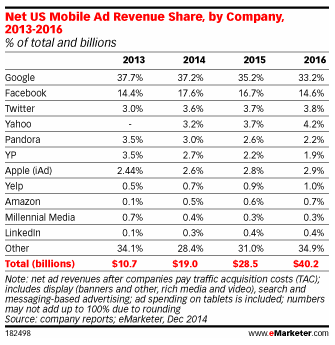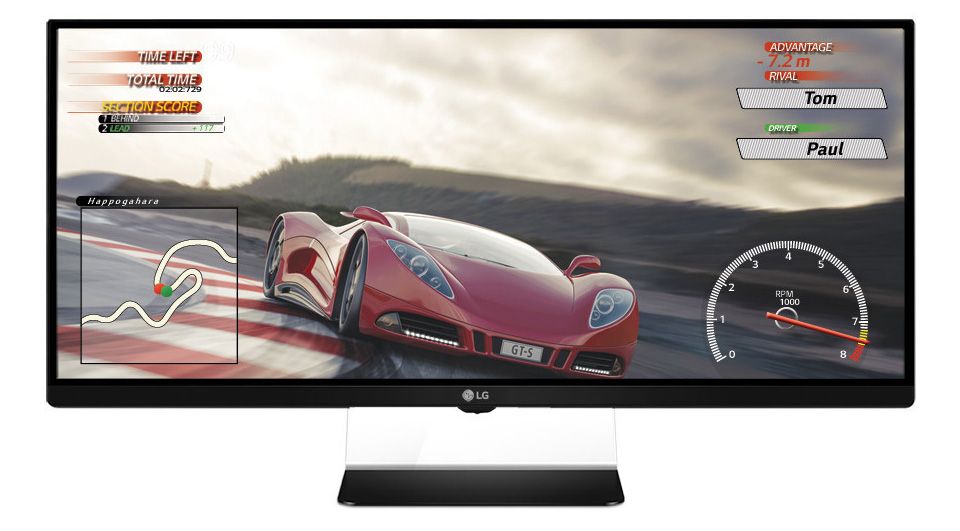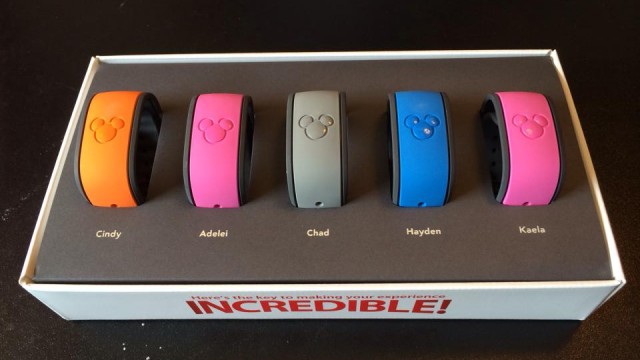Anyone who’s visited the Walt Disney World Resort in Orlando, Florida recently and stayed in any of the 25 Disney Resort hotels has already experienced the future of theme parks with Magic Bands. Guests who don’t stay at the Disney resort can also get in on the action by purchasing a $13 RFID-enabled wrist band and downloading the free My Disney Experience app. Together, this technology has opened up a whole new world of interaction.

Tom Staggs, Chairmain of Walt Disney Parks and Resorts
From the moment a guest makes their reservation for a Disney hotel, they can log onto their My Disney Experience and choose the color and name for their Magic Band. Those bands will arrive in the mail and can be programmed via smartphone, tablet or laptop before entering the park, or during one’s time at the Magic Kingdom on-the-fly. They even expedite the process when landing at Orlando International Airport, doing away with all papers and allowing a quick scan to get onto the Disney Magical Express bus to the hotel. Once at the hotel, the bands become a room key, virtual wallet and theme park tickets. It makes the entire vacation experience more streamlined and fun, and gives Disney a huge heads up over competing Florida theme parks like Universal Studios, LEGOLAND and Sea World.
“My Magic+ was about investing in a core experience for our guests,” said Tom Staggs, chairman of Walt Disney Parks and Resorts. “What drove this initiative was a comprehensive view of what our guest experience was and how to make it better. We’re hearing from our guests that we’ve accomplished that, as the system is meaningfully enhancing their experience at the parks. That’s what drives this business.”
After testing the system for months with guests, the old turnstiles have been permanently removed and replaced by the futuristic-looking Magic Band kiosks. Guests simply scan their band and enter the park when the green Mickey Mouse outline lights up.
“The Magic Bands are a fun and popular form factor,” said Staggs. “We’re leveraging new technology and then making it disappear to make it as magical as possible. If we get the technology out of the way, then the guests can immerse themselves more and interact more with their loved ones at our parks.”
Staggs said this system was designed to evolve, even as our guest experiences evolve. Walt Disney Imagineers are already dreaming up new ways to add interactivity to attractions that are being designed.
“As I meet with the Imagineering teams about some things we’re installing down the road, My Magic+ is already an integral part of our design process for our guests to connect the virtual and physical worlds we’re creating,” said Staggs. “It’s allowing guests to stay connected with our parks pre and post visit. You saw tiny inkling of that with Disney Infinity game with the Easter Egg gameplay that opens up when you put the Magic Band on the game port. We’re just scratching the surface of what can be done. We can’t just go on novelty. We need to figure out how to connect the virtual and real worlds together.”
Staggs said technology has given Disney the ability to have its guests opt into activities like the real-life role-playing game Sorcerers of the Magic Kingdom at Disney World and take on even deeper story and more immersive roles in the parks. He added that Disney is just at the beginning of how to take advantage of that opportunity.
“If you set out to use a specific technology and then try to figure out how to use it, that’s upside down,” said Staggs.”First you need to know the experience you’re after and then find what technology can get that end experience. We’re already thinking about the My Magic+ platform installed in Disney World, and I think the technology will continue to evolve.”
On the wearable side with Magic Bands Staggs noted that Disney is in Gen 1, broadly speaking, and there are real evolving consumer desires and needs that can be served, including mobile connectivity.
“Some guests are using smartphones, while other parts may be enabled by more convenient form factors,” said Staggs. “We’re looking at different things to work into enhancing our experiences. We didn’t get into this to sell Magic Bands.”
The move into upgrading Disney World is something unique for the company, which traditionally has invested capital in things like new attractions or new hotels.
“When you think about our business, we’re well known for Cinderella’s Castle and Mad Tea Party and Thunder Mountain, but at end of the day that doesn’t represent all of our products with Disney Cruise Line or Adventures by Disney,” said Staggs.”We think about ourselves as being in the experience business. When we’re putting capital into something, it’s a new ship or a new attraction. But the genesis of this is rooted in the overall recognition by the company several years ago that technology could elevate the guest experience.”
The evolution of smartphones, tablets and now mobile payment technology have also changed the dynamics of guests inside Disney parks, allowing Disney to decrease transaction time and friction.
“With My Magic+ we’ve achieved one of our core goals, which was to take cast members out of a transaction mode and put them into an interaction mode,” said Staggs. “They become heads up experiences with them helping guests personalize and enhance their experience. We can make our cast more effective at driving the experience. The cast is training us as they find ways to do their jobs better and we’re adapting to that and capitalizing on that.”
Disney employed similar RFID technology across all four Disney Cruise Line ships. These Oceaneer Bands are used for the kids clubs and are used for check-in at the kids program and for on-board Youth Activities programming.
“Disney cruise ships have kids clubs where the entire ship can be enabled with this technology in ways that we haven’t seen before like interactive games that can played throughout the ship,” said Staggs. “These tools can enhance that experience and get guests more immersed in the game. Technology allows for a seamless facilitation and a more magical experience for kids as well as parents.”
With a new Avatar Land in development for Disney Animal Kingdom and new Star Wars attractions in the works, RFID should forever change the way guests interact and engage at Walt Disney World.


 Tom Staggs, Chairmain of Walt Disney Parks and Resorts
Tom Staggs, Chairmain of Walt Disney Parks and Resorts

